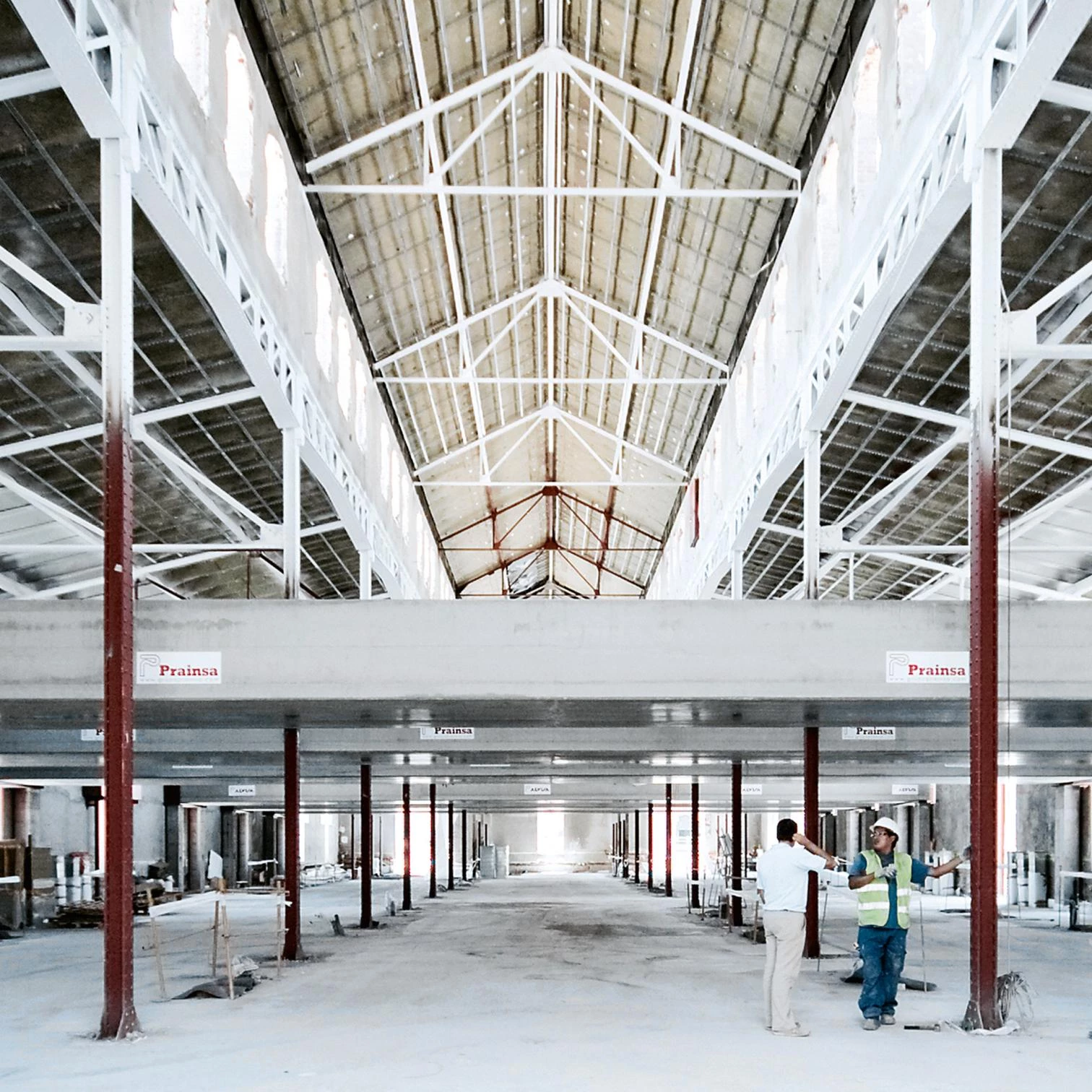
Arquitectura Viva transforms itself, becoming monthly and bilingual starting with this issue, and it seemed appropriate to mark the occasion with a crop of transformed architectures. Eighteen projects in total, all of them in Spain, which adapt existing structures to new uses, be they important historic monuments or humble industrial sheds. Like the magazine, this group of buildings adapts to the times trying to maintain their essential features. Preserving at once the thermodynamic capital embedded in their materiality, the information capital integrated in their assemblies and arrangements, and the symbolic capital contained in their form and appearance, all these projects are conjugated with verbs starting with re: recover, regenerate and renovate. And instead of insisting on the cyclic fatigue of mere repetition, the theme of transformation introduces the effervescent, tingling sensation of change and mutation.
In the magazine we will also try to recover the more critical and daring edge of our beginnings, to regenerate attitudes that perhaps had become too rigid or formal, and to renovate its graphic structure in order to accommodate the new periodicity and the added language: a repertoire of editorial and graphic changes, many of them barely perceptible, that wish to embrace this spirit of renewal. But, as in the case of architectural projects, hopefully preserving the capital of rigor, relevance and beauty that we would like to imagine crystallized in its traces and in its history. Arquitectura Viva will continue trying to beat at pace with the world, but at a faster rhythm to better adapt to the speed of changes and to the dizzying succession of events: and will determinedly endeavor to go further along this path by adding the lingua franca of our time to that Esperanto of architecture made up of drawings and images.
Choosing the title ‘Transformations’ for this first issue of a new period suggests a double complementary purpose: instead of the sterile nostalgia of an immobile past, the acknowledgement of technical, social and aesthetic changes as the basis for the flow of life, which drags architectures, forms and ideas in its turbulent current; and instead of the bulimic appetite for novelty and the cupiditas aedificandi that squanders material and energy resources by peppering the territory with unnecessary constructions, the defense of the reuse and recycling of buildings as the only strategy compatible with the vitality of our cities and the sustainability of our species in the planet. These are strong words, but we live in times that probably cannot afford weak purposes.
And in the very same way that buildings are judged by their users, Arquitectura Viva offers itself now to the necessary opinion of its readers.





